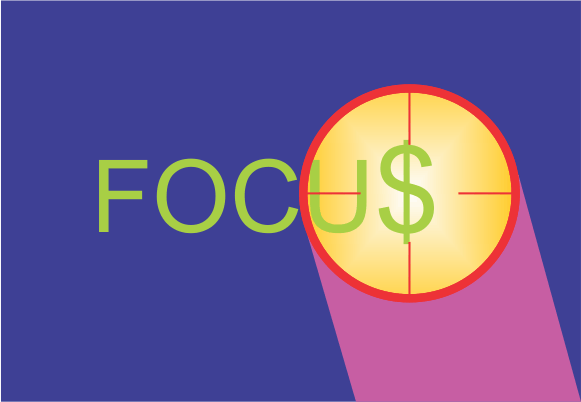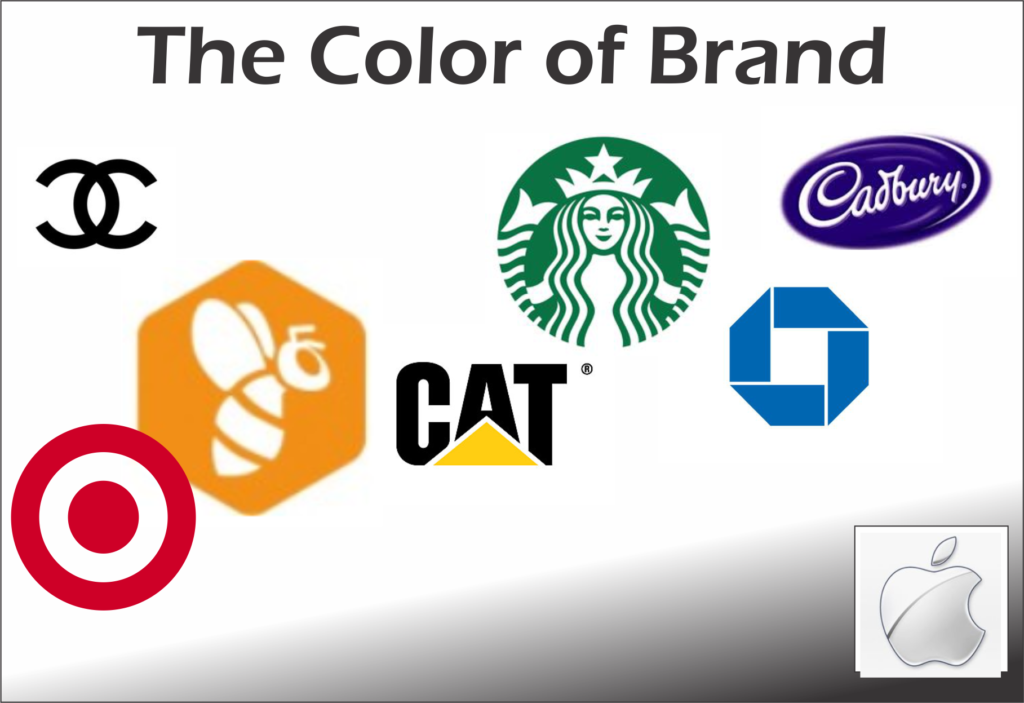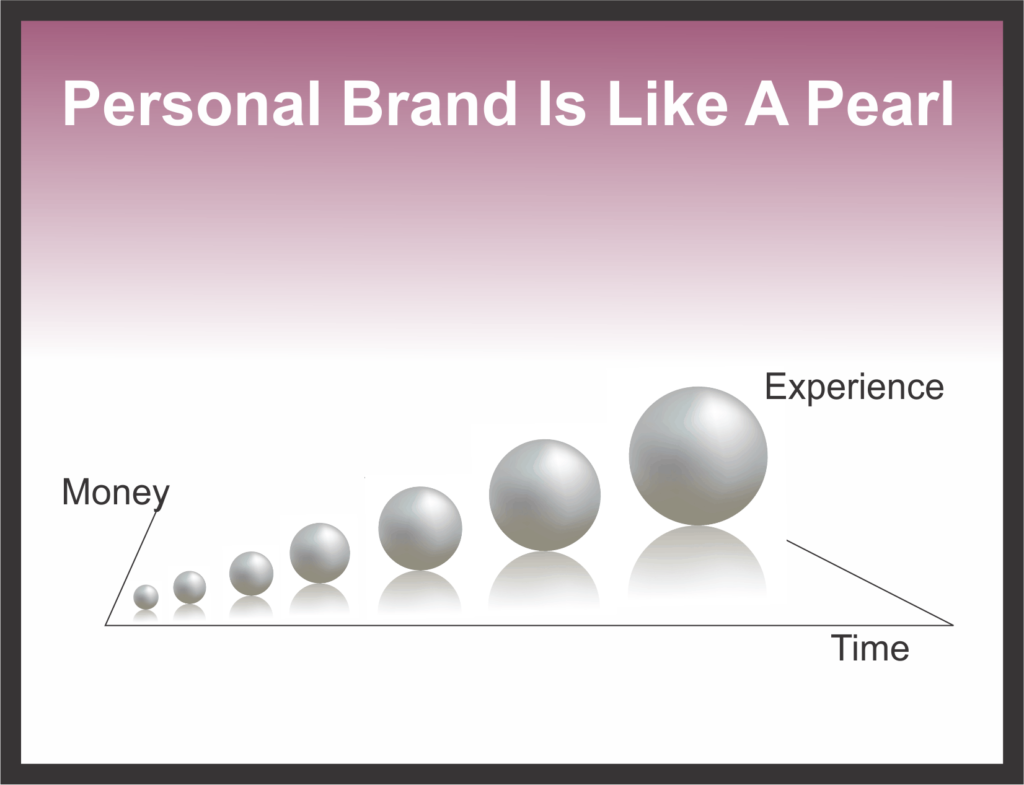 For starters who is really the customer?
For starters who is really the customer?
That sounds like a simple question but it isn’t. The world is more complex today than it has ever been. The way products and services are delivered today, especially digital products, is revolutionizing industries.
They call it disruption.
The digital transformation is rolling across industries like a tsunami. Businesses that don’t recognize the possibility are disappearing. Blockbuster is gone. Uber and Lyft have become the go to transporters for a new generation.
Complexity makes it hard to Focus.
Southwest Airlines operates in what would seem to be an easy to understand market. Passengers are the obvious customers but founders of the airline understood that in order to compete and build a brand they had to instill a love of passenger service in everyone that worked for them. They said their employees were their primary customers. They “luv’d” them and changed the industry. Success is why, in 1977, their stock was listed on the New York Stock Exchange under the ticker symbol “LUV.”
Airbnb is an alternative to hotels and bed and breakfasts and so the customer at first appears to be the person looking for an overnight or multi-night stay away from home. This disruptive service works because it handles the infrastructure of advertising space availability, booking the visitor, paying the owner of the space and taking a commission on the deal. The real customer is the person with space to book, like a Silicon valley investor on vacation with his extended family in Europe who earned enough through an Airbnb booking for part of his home to pay for the trip and make a profit at the same time.
Where the money is defines the customer.
A client which must remain nameless because of non-disclosures is a good case in point. It requires a distributor and allows contributors to provide content and is used by consumers delivered in the form of an app for smart phones.
Who is the customer? Is it the distributor, the contributor or the consumer?
- We know that the consumer is not going to pay for the app even though it could have great advantages. The consumer is not the customer.
- Contributors would have to distribute the app in order for it to be of value to them. Could they recoup that expense and make a profit? Possible, but a tough sell.
- The distributor can use the app to generate additional revenue from current users and expand their service to new users. At the same time they can recoup the costs by charging a small fee to implement the app for their users. This is the customer.
Focus your business and your brand to succeed.
The more laser like you can be the better. Strip away the complexity. Figure out which of the parts of how you get your product or service to market has the most profit capability for you and for them. Go where the money is. Target them first.
 Jerry Fletcher is a beBee ambassador, founder and Grand Poobah of www.BrandBrainTrust.com
Jerry Fletcher is a beBee ambassador, founder and Grand Poobah of www.BrandBrainTrust.com
His consulting practice, founded in 1990, is known for Trust-based Brand development, Positioning and business development on and off-line. He is also a sought-after International Speaker.
Consulting: www.JerryFletcher.com
Speaking: www.NetworkingNinja.com










